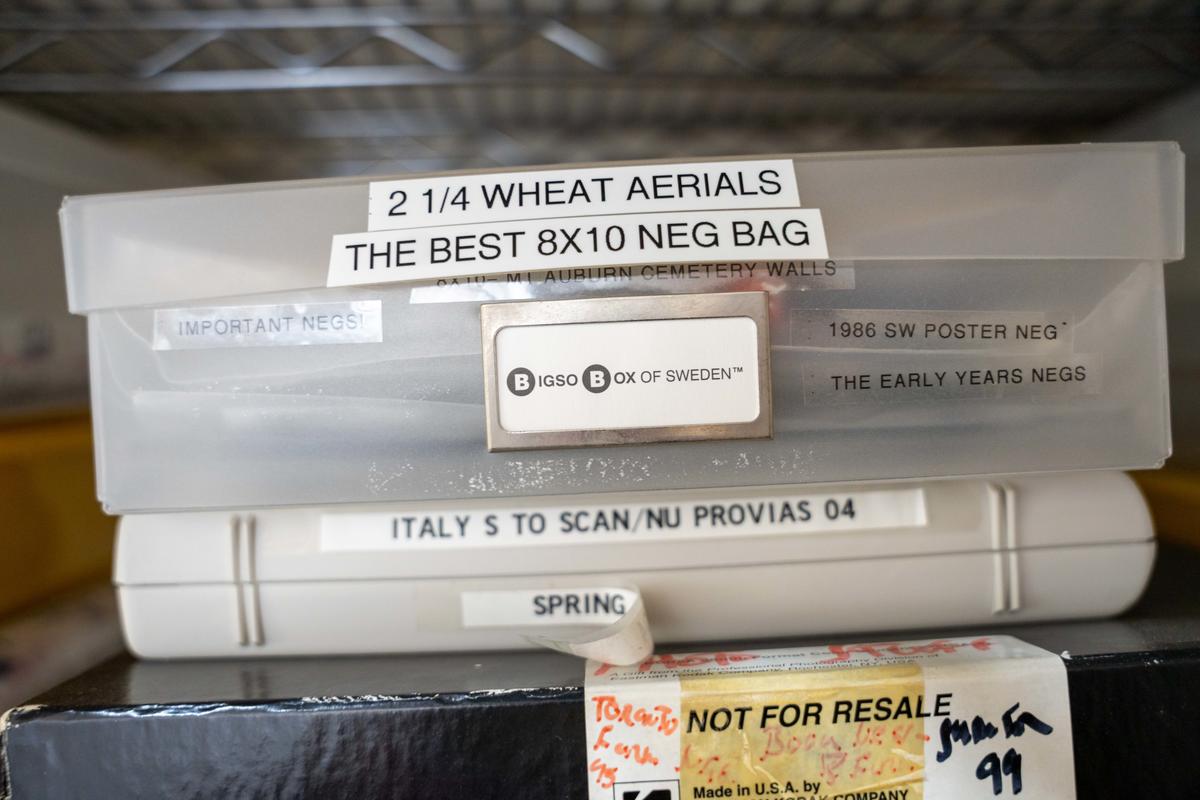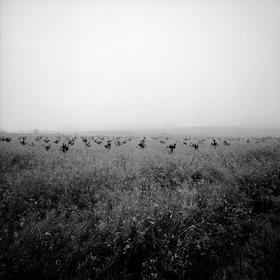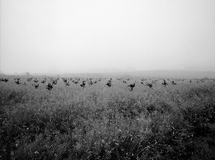My Negs
I feel as though I've had two separate careers, both bound together by a love of photography. One being in analog: darkrooms, negatives, chemicals, film holders, light-sensitive emulsions, handheld light meters, and mostly big cameras. The other starting in early digital days on up to my present practice of high-end capture, memory cards, Adobe Lightroom and Photoshop, an extraordinarily broad array of materials to print on, and inkjet prints of unsurpassed quality.
Ah, those analog days! I am often asked if I miss it all. Not one bit. Almost 40 years of it, long hours in the darkroom processing and printing, trying to eke out the best possible print.
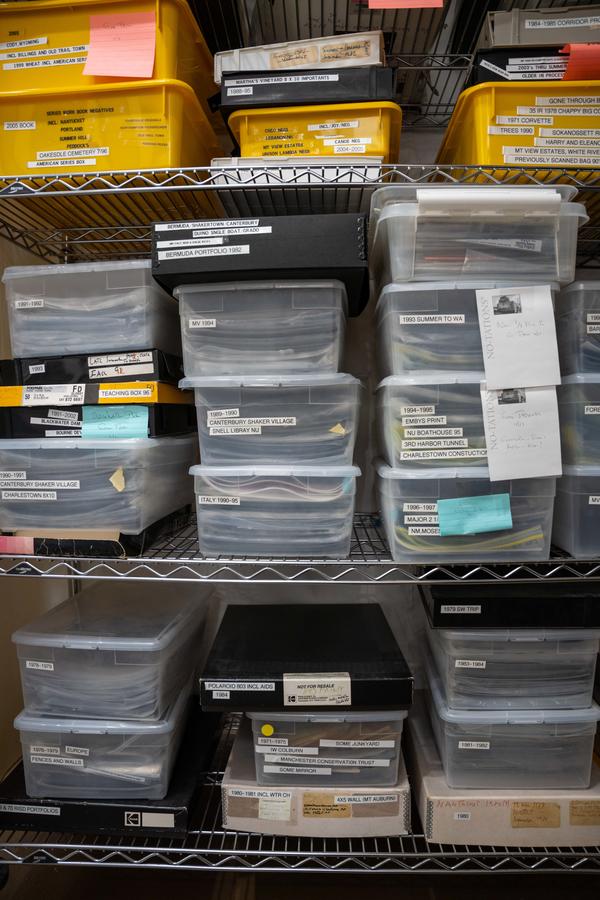
Yes, I have them all, boxes and boxes of negatives; 35mm, 120mm, 4 x 5, and 8 x 10. Probably 99% black and white as I didn't work in color most of those years.

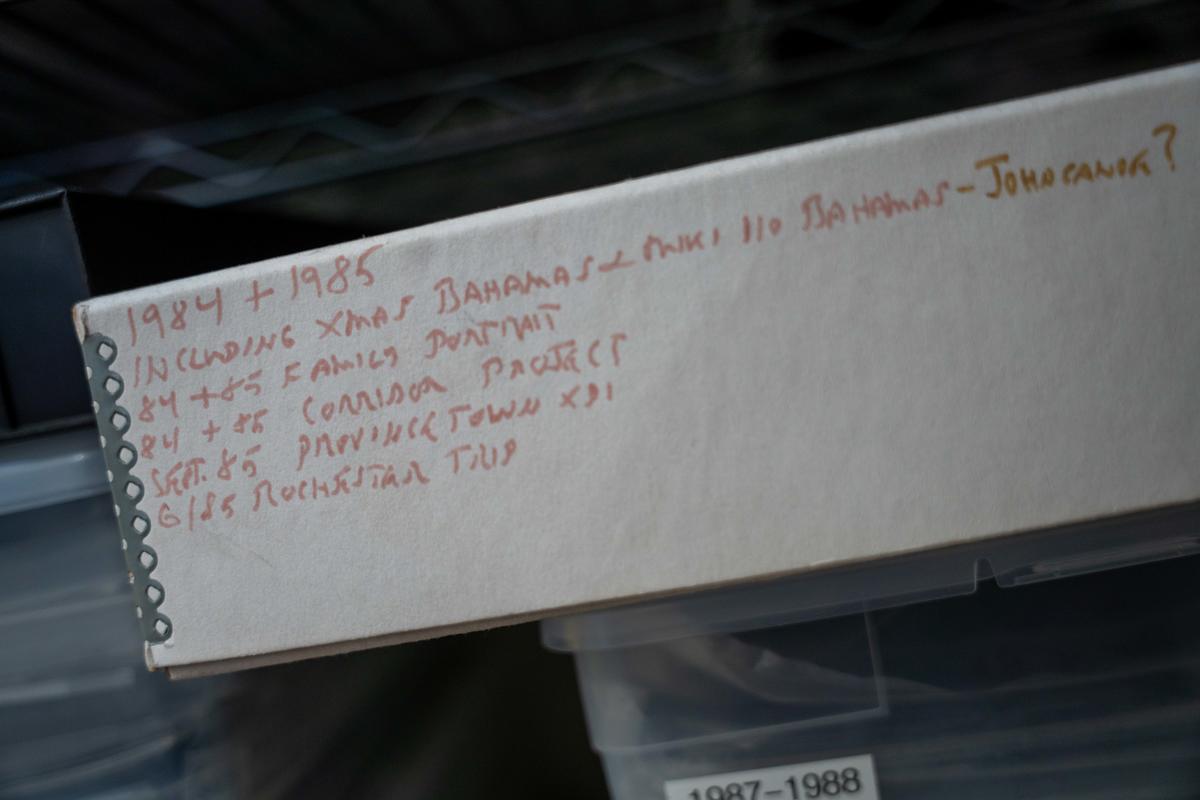
I've written this before but will repeat it again. You've got nothing if you don't scan your analog work. No way for the world to see it, no way to talk about it, cite examples, or document your own photographic history. Just negatives sitting in a box probably headed for the dumpster when you're gone. Another way to look at it is to ask yourself how much effort, thought, and love did you put into making those photographs back then? Isn't that work worthy of seeing the light of day?
For some of us, of course, this is a massive undertaking and I do not pretend my job is finished. I would say I am about half done. It is an easier task to scan roll film formats than sheet film, for it can be automated to some degree. A few scan their prints and I have seen good results doing this although it is not for me. There are a few places that you can hire to scan your work and I would cite Digital Silver Imaging in Belmont, MA. They even have a (scan) van that can come to you! Highly recommended.
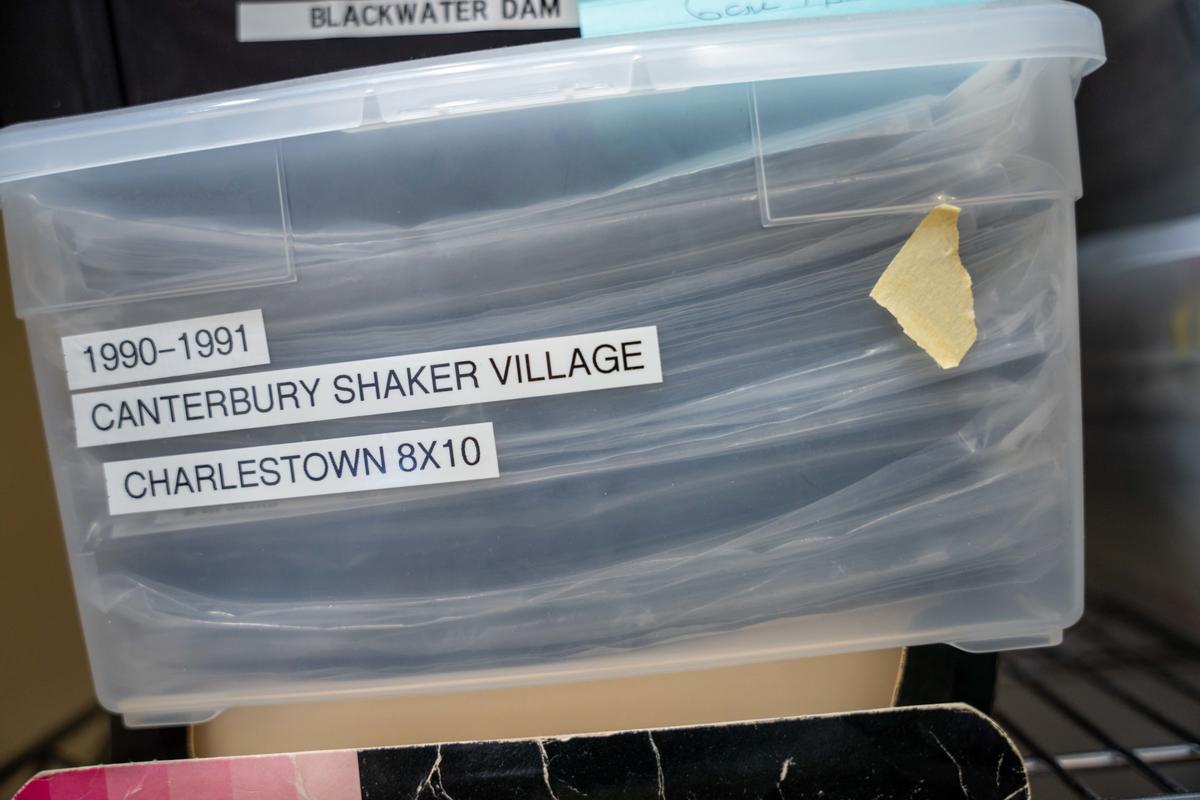
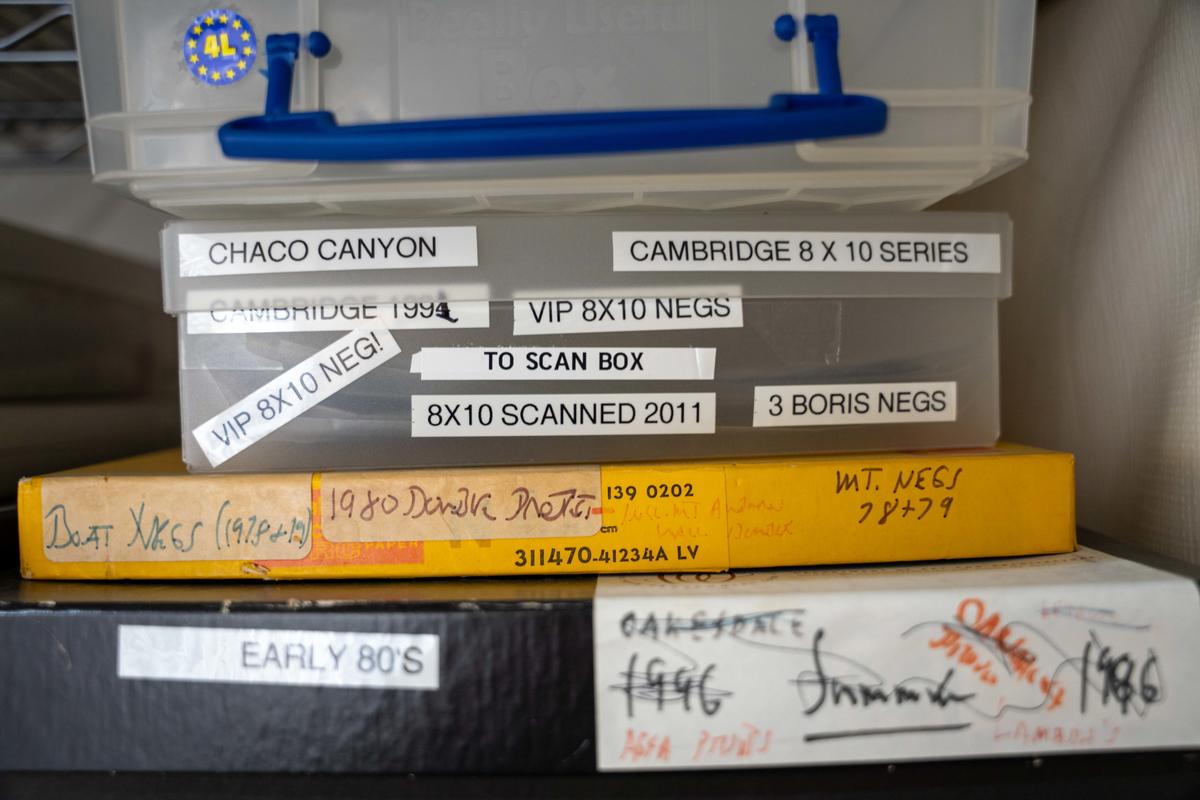
If you are of a certain age and a career photographer you most likely have some real work ahead of you. No time is better than now.
